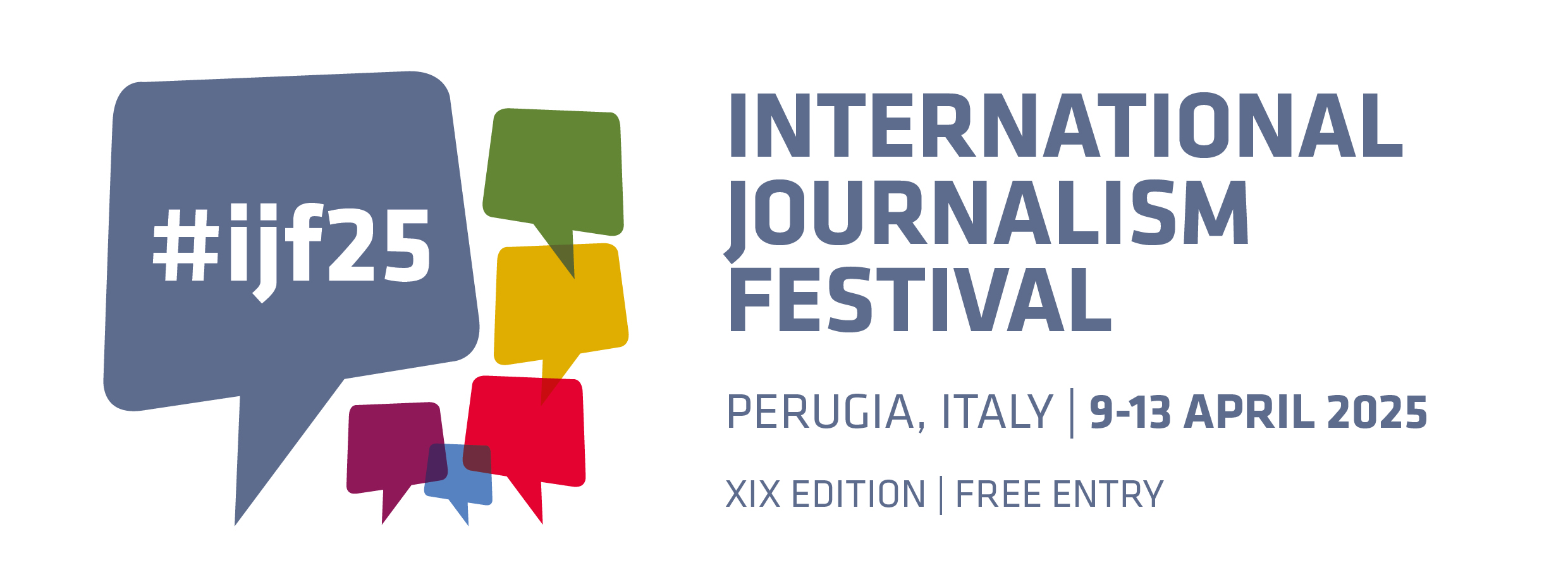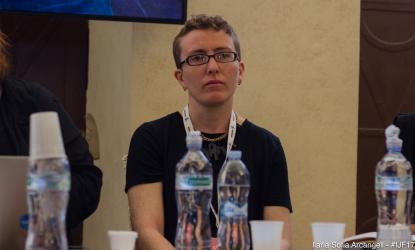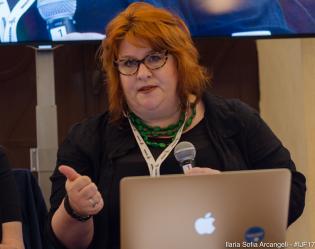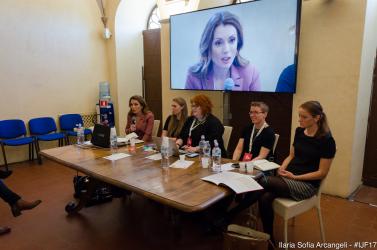We are arguably in the golden age of audience-engaged journalism. But the growing problem of online harassment is troubling individual journalists and newsrooms alike. It's an issue confronted by both male and female journalists, but women are far more frequently subjected to sexual harassment and graphic threats of physical violence.
A 2014 UK study of Twitter abuse targeting celebrities found that “Journalism is the only category where women received more abuse than men, with female journalists receiving roughly three times as much abuse as their male counterparts.” And a 2015 OSCE study found that: "Female journalists, bloggers and other media actors are disproportionally experiencing gender-related threats, harassment and intimidation on the Internet which has a direct impact on their safety and future online activities."
It is also a threat to the active participation of women in civil society debate, fostered by news publishers, through online commenting platforms and their social media channels. So how can we manage this problem – which experts say escalated alongside Donald Trump’s election campaign – and what practical steps can women journalists take to protect themselves?











